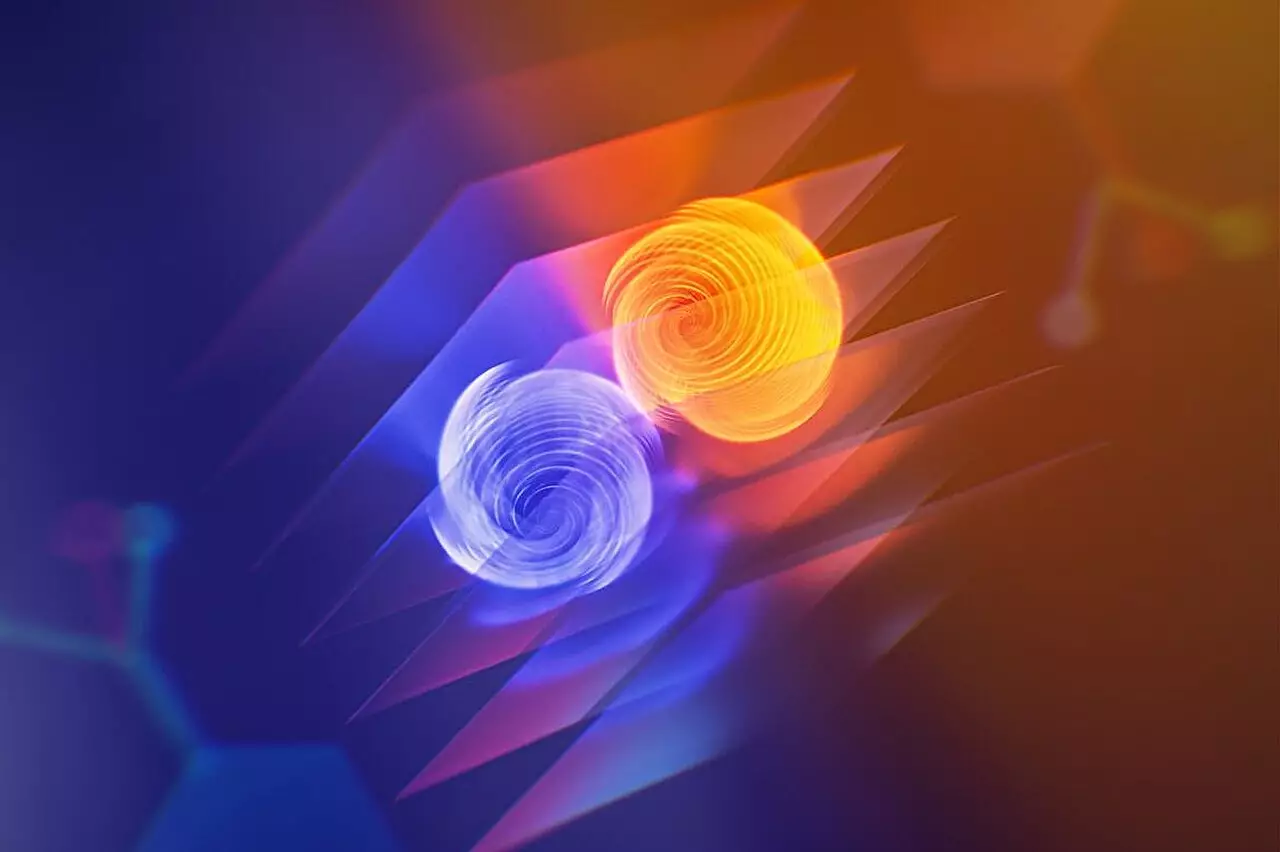Researchers from the California NanoSystems Institute at UCLA have made a groundbreaking discovery that could potentially reshape the landscape of quantum computing. Their team has engineered a novel material derived from conventional superconductors, showing surprising resilience under varying conditions, particularly in the presence of strong magnetic fields. This study, published in the esteemed journal Nature, not only presents a significant leap in material science but also holds immense promise for the future of quantum technology.
Conventional superconductors—materials that can transport electrons with zero resistance—are typically rendered ineffective when exposed to intense magnetic fields, a limitation that has hindered their application in cutting-edge technologies. However, this new material exhibits remarkable superconducting properties even in the face of formidable magnetic forces. This advancement paves the way for a new class of superconductors that could maintain their efficacy under more challenging conditions, crucial for practical applications in quantum computing.
The Superconducting Diode Effect: A Game Changer
One of the most intriguing features of this new material is its ability to support an uneven electrical current, a phenomenon referred to as the superconducting diode effect. Conventional superconductors fail to retain their zero-resistance quality when currents flow in both directions equally. In contrast, the UCLA team found that this novel material can accommodate significantly higher currents flowing in one direction compared to the opposite. This property not only distinguishes the new material from traditional superconductors but also suggests a highly valuable advantage for future quantum computing applications.
The implications of the superconducting diode effect are profound. To put it simply, if quantum computers can leverage this uniqueness to stabilize qubits—the fundamental building blocks of quantum information—they could enhance computational speeds and efficiency. As quantum computing advances, addressing the fragility of qubits will be paramount. This discovery offers a potential solution by increasing the durability of qubits against environmental disturbances.
Chiral Superconductors: Unlocking New Possibilities
At the heart of this innovation lies the concept of chiral superconductors. Unlike conventional superconductors, which exhibit symmetric electron motion, chiral superconductors exhibit broken symmetries, allowing for complex interactions that can enhance the processing and transmission of information. In essence, entangled electrons in chiral superconductors can spin in the same direction, fostering new pathways for manipulating current flow—a characteristic that could revolutionize how we conduct computations.
Unfortunately, true chiral superconductors remain exceptionally rare, posing significant hurdles in their application. The UCLA researchers have ingeniously bridged this gap by developing a hybrid material that mimics the properties of chiral superconductors. By layering extremely thin films of tantalum disulfide—a known superconductor—with other molecular structures, they successfully coaxed conventional superconductors to behave as if they were chiral. This synthesis not only demonstrates a valuable advance in materials engineering but also opens the door to widespread production of materials capable of supporting more stable and efficient qubits.
The Broader Implications for Quantum Computing
Quantum computing holds the potential to address challenges far beyond conventional computational capabilities, including enhanced cryptography, accelerated artificial intelligence, and sophisticated simulations of real-world phenomena. However, before these benefits materialize, quantum technologies must overcome fundamental barriers, such as qubit stability and performance in diverse environments.
The superconducting diode effect introduced through chiral materials could serve as a pivotal solution. With the ability to better manage the fragile nature of qubits, researchers may finally achieve a vital turning point in the quest for practical and powerful quantum computers. Imagine secure communication systems fortified by quantum encryption or real-time simulations that enhance our understanding of intricate systems, such as climate models or drug interactions.
Paving the Path to the Future of Electronics
Beyond quantum computing, the implications of these findings extend into the realm of conventional electronics. The superconducting diode effect can enhance the efficiency of electronic devices, allowing for faster processing speeds and reduced energy consumption. This could have significant ramifications for various applications, particularly in extreme environments—such as operations in space, where low-temperature superconductivity can contribute significantly to the functionality of instruments and systems.
As we stand on the brink of potentially unprecedented advancements in technology, the work done by the UCLA team symbolizes a critical step forward. Engineering materials from readily available elements to exhibit the characteristics of chiral superconductors not only demonstrates ingenuity but also promises to catalyze a new era in both quantum and classical electronics. The ripple effect of this research will undoubtedly foster innovations and improvements that reshape our approach to technology in the coming decades.


Leave a Reply